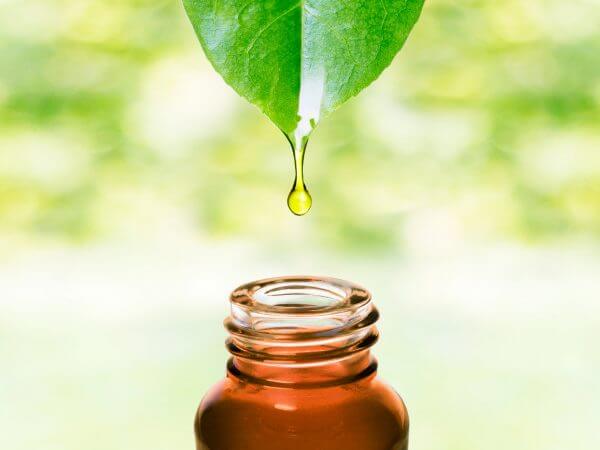Sign up for free
for our newsletter!
for our newsletter!

Loading...
We open up new dimensions with phytochemicals Secondary phytochemicals are not essential for plants, but still perform important functions. These substances serve as protection against herbivores or pathogens, but also as an attractant for pollen-spreading insects and seed-spreading fruit eaters. As of today, probably more than 100,000 different plant compounds are known. Because of their effect on humans, these have been the subject of intensive research for decades, especially in the medical field. On the one hand, phytochemicals are in demand as a reference standard, for example in food analysis, but on the other hand as an active ingredient in research, especially in the areas of pharmaceuticals, cosmetics and nutritional supplements. While purity and analytical data are at the forefront of one application, in another case, the up-scaling from the mg range used for research projects to the kg-scale used for commercial production represents a challenge. Depending on the intended use, the up-scale also goes hand in hand with very demanding documentation.
